Accelerating the Robot Dream
Empowering robot innovation, providing full-cycle development services, reducing costs, and accelerating the commercialization process.
Contact Us +


Henan Xspirebot
Xspirebot specializes in the design, production, and servicing of robot platform solutions.
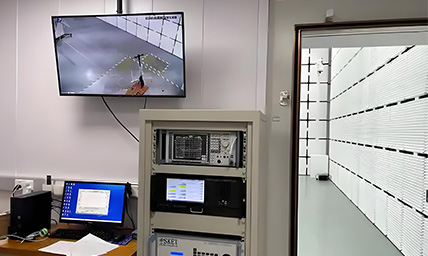
Quality Control
A comprehensive quality control system that manages everything from raw materials to finished products.

Service & After sales
24-hour after-sales service. Please do not hesitate to contact us if you have any questions.

Download
XspireBot provide downloads of product catalogs, product solutions, and user manuals.

Key Member
Ten years of mass production experience and 32 patents in motion control.
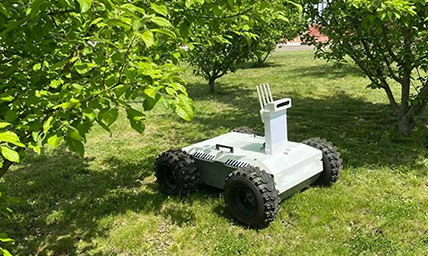
Agricultural Industry
Agricultural robot chassis assists you in field operations such as sowing, spraying, and harvesting.
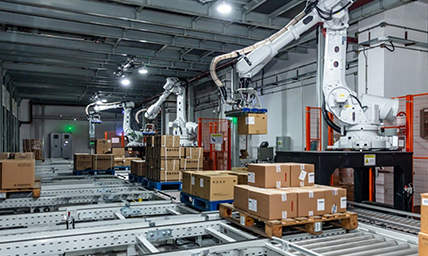
Manufacturing Industry
Industrial robot chassis assist you with tasks such as material handling, assembly, and quality inspection.

Transportation Industry
Autonomous transport robots that can deliver goods around the clock in urban and industrial environments.
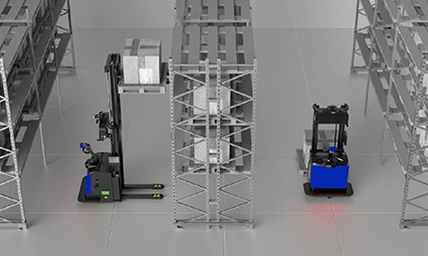
Warehousing Industry
Unmanned transport robots enable full autonomy in cargo stacking & transfer within IoT logistics.
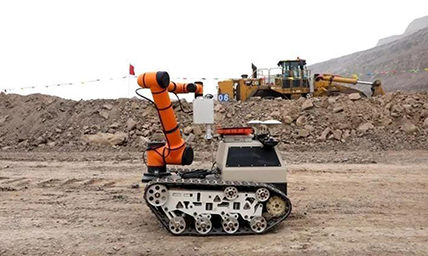
Inspection Industry
Autonomous 24/7 patrols at power facilities, industrial sites, data centers, and other locations.
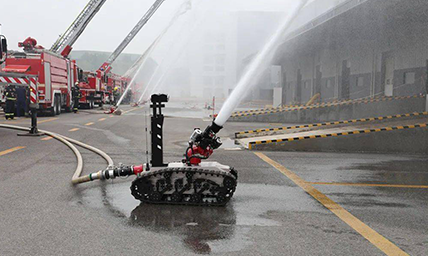
Firefighting Industry
Autonomous fire detection & suppression in high-risk environments: high-rises, chemical plants, and data centers.
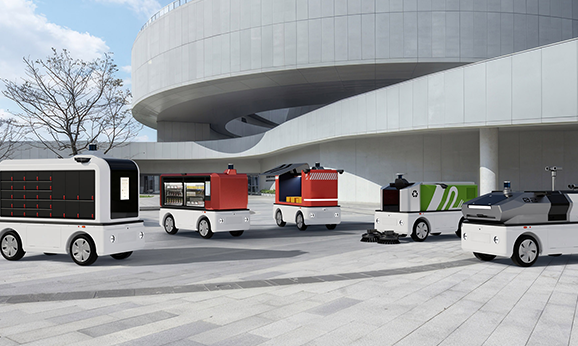
Robot Chassis
Xspirebot offers chassis for indoor and outdoor mobile robots suitable for different terrains.
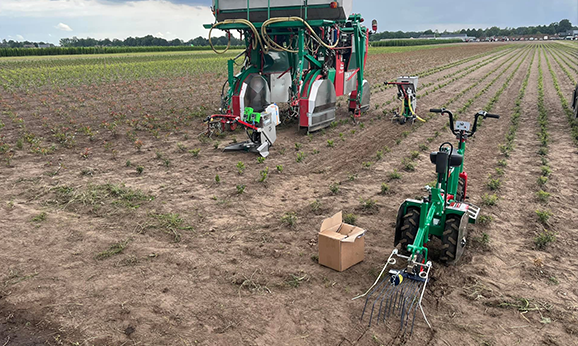
Motors
Drive motor designed for mobile robot chassis, applied to mobile robot platform & agricultural robot chassis.
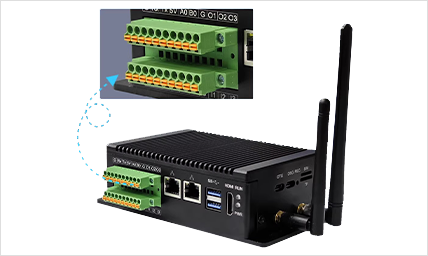
Controller/Drive
The controller can control the robot chassis's movement, positioning, obstacle avoidance, path planning, and other motion functions.
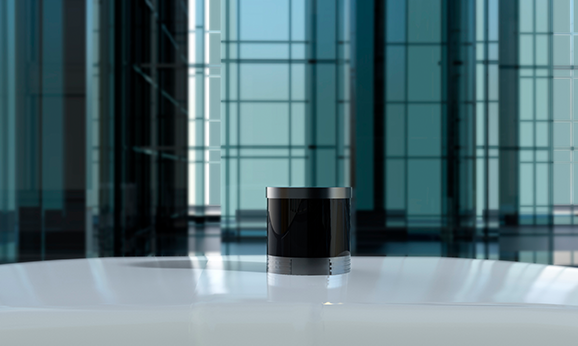
Sensor
Xspirebot offers advanced sensors for autonomous robot platforms: cameras, ultrasonic radar, LiDAR, IMU, & IINS.

Electric Motor Axle
Xspirebot adapts electric transaxle load, power output, & layout to meet customer needs.
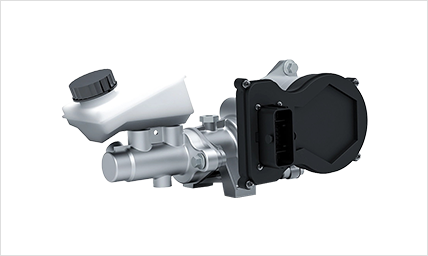
Wired Components
Line control braking & steering enhance vehicle control efficiency & precision via electronic signals.

Energy
Solar panels & batteries offer flexible solutions, letting you choose components to suit your needs.
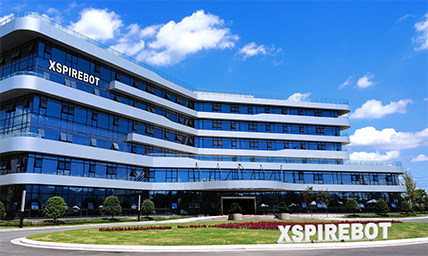
Company News
Xspirebot is committed to helping our customers reduce development costs, shorten the R&D cycle, and accelerate the mass production process through platformized and modularized architectural design and standardized production processes.
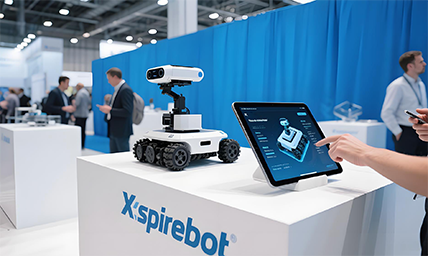
Exhibition News
Xspirebot is committed to helping our customers reduce development costs, shorten the R&D cycle, and accelerate the mass production process through platformized and modularized architectural design and standardized production processes.
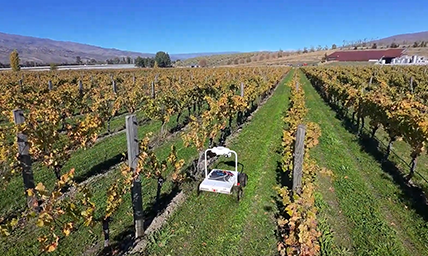
Industry News
Xspirebot is committed to helping our customers reduce development costs, shorten the R&D cycle, and accelerate the mass production process through platformized and modularized architectural design and standardized production processes.
Wired Components
By-Wire Chassis is emerging as a core driver of innovation, enabling precise control of a robot's motion systems—including propulsion, steering, braking, and suspension—through electronic signals. Compared to traditional mechanical or hydraulic connections, this technology enhances the precision, response speed, and flexibility of robotic chassis.
To learn more about how by-wire chassis technology can enhance your robot chassis, please feel free to contact us. Xspirebot's project team will provide you with customized solutions to help you embrace the future of intelligent and automated systems.
Wireless control components are primarily used for precise control and modular design in automatic robot chassis. Their core systems include wireless steering and wireless braking, which replace traditional mechanical connections with electrical signals to achieve vehicle control.
Wired Braking
A line control braking system is a technology that controls the braking system via electronic signals, primarily used for robot chassis motion control and precise braking. Its core feature is real-time monitoring of motion status or command signals via sensors, which are processed by an electronic control unit (ECU) to drive motors or hydraulic systems to execute braking actions.
Steering-by-Wire
Linear control steering is an advanced steering control technology that uses electronic signals to control steering actuators, replacing traditional mechanical or hydraulic connections. It is typically combined with autonomous navigation, sensor fusion, and artificial intelligence (AI) algorithms to support precise path tracking and dynamic adjustments.
In robot chassis, it captures steering intent (automatic control signals) via sensors, processes them through an electronic control unit (ECU), and drives electric actuators (such as motors) to execute steering. This enables the robot chassis to perform path planning and dynamic adjustments without human intervention, featuring precise path tracking and obstacle avoidance capabilities.
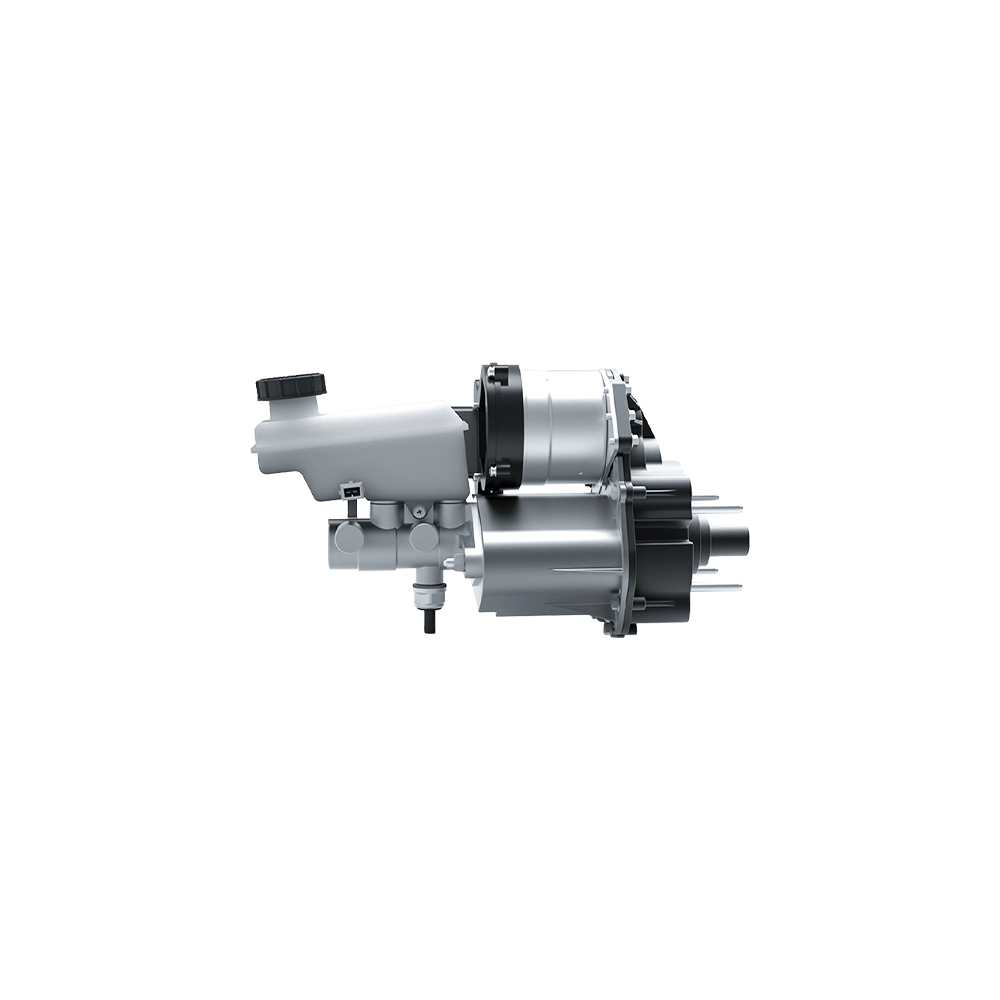
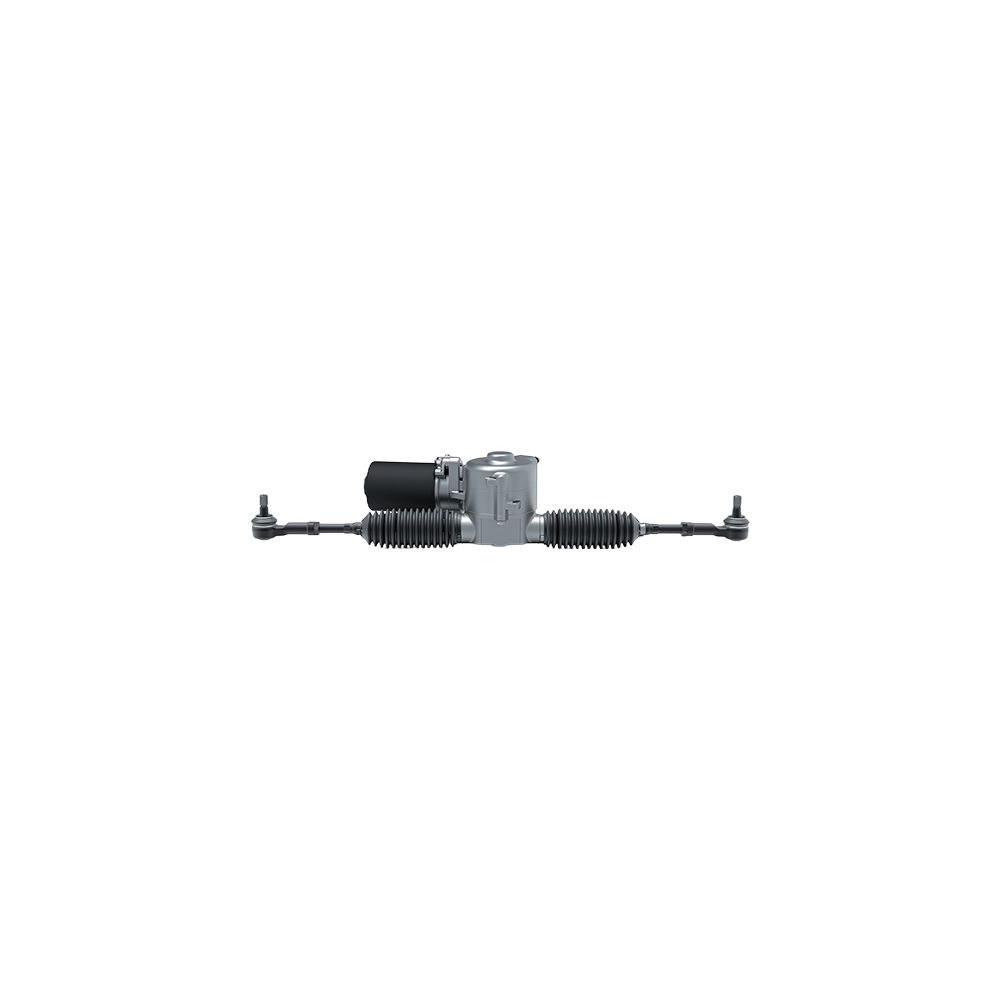
What are the advantages of wireless control?
1. Precise control and rapid response
Wireless chassis control power, steering, and braking via electronic signals, achieving millisecond-level response speeds, making them suitable for navigation and obstacle avoidance in complex environments.
2. Modularity and integration
Supports modular design for easy assembly and upgrading, and can be seamlessly integrated with systems such as sensors to adapt to various robot chassis tasks.
3. Safety and redundancy
Ensures safe operation even if components fail through dual power supply and multi-channel communication, making it particularly suitable for autonomous robot chassis.
4. Dynamic adjustment and intelligence
Parameters can be adjusted in real time via software for personalized customization based on different scenarios and environments.
5. Automation and Human-Machine Decoupling
Enables fully automated operation without human intervention, suitable for various unmanned scenarios such as agricultural bird-scaring robot chassis, delivery robots, inspection robot chassis, firefighting robot chassis, or logistics handling vehicles.
Product Classification
Accelerating the Robot Dream
Empowering robot innovation, providing full-cycle development services, reducing costs, and accelerating the commercialization process.
Contact Us +